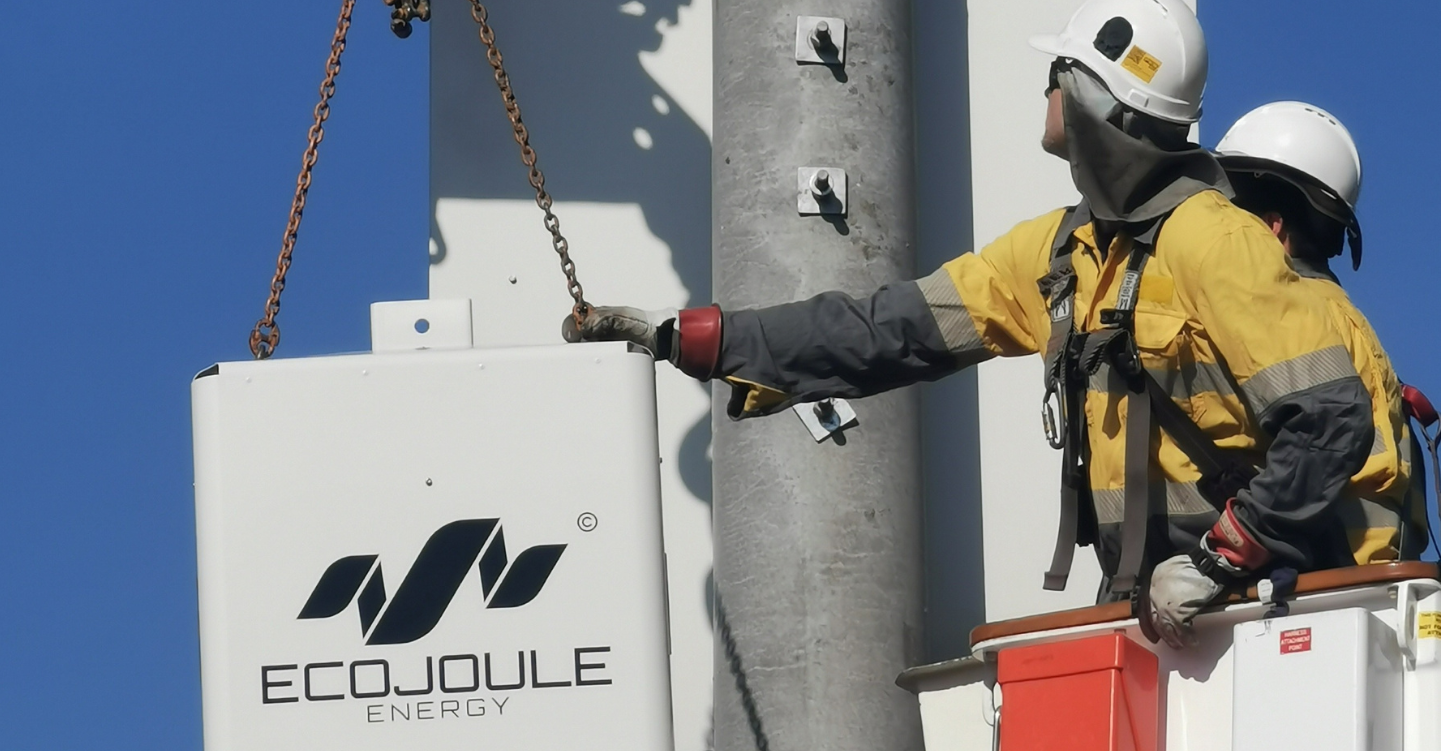
Siltrax technology creates lighter more efficient hydrogen fuel cells
Australian startup makes inroads on long-haul transport emissions with cost-effective durable silicon technology
The CEFC is backing Siltrax to develop its innovative technology that makes lighter, more efficient hydrogen fuel cells that can power a range of heavy duty and materials handling vehicles and contribute to Australia’s hydrogen roadmap.
$11.6 million
CEFC commitment
Harnessing
hydrogen
Powering up
with silicon
Advancing hydrogen fuel cell technology is a critical enabler that will help us develop the hydrogen value chain, as well as accelerate development of Australia’s hydrogen industry.Sara LeongChief Asset Management Officer, CEFC
Our investment
The CEFC has committed US$7 million (AU$11.6 million) to help Australian startup Siltrax develop its hydrogen fuel cell technology for stationary power generation and potentially for use in heavy duty long-haul trucking sector.
Siltrax’s novel fuel cell technology uses bipolar plates made from silicon rather than the more commonly used graphite or metallic materials, to produce thinner, more efficient plates.
Using silicon has the potential to reduce fuel cell production costs and make the energy producing technology more durable, efficient and powerful.
The use of silicon also allows Siltrax to leverage the existing PV supply chain for both raw materials, and production equipment.
Specialist climate tech venture capital manager Virescent Ventures manages the CEFC investment in Siltrax which will help the company build out its Australian research and development team to focus on fuel cell systems engineering and local commercialisation opportunities.
OUR IMPACT
The International Energy Agency has identified fuel cells as being among the important technologies that can help meet the challenge of energy transition.1
Advances in fuel cell technology can have a significant impact on reducing transport emissions. Fuel cells directly convert the chemical energy in hydrogen to electricity with only water and heat as byproducts, and do not emit carbon dioxide.
The transport sector is Australia’s third largest source of greenhouse gases, responsible for around 22 per cent of national emissions, and is trending higher.2
The Australian Hydrogen Market Study, commissioned by the CEFC, found that heavy haul transport is likely to be dependent on green hydrogen to reduce emissions and hydrogen fuel cell powered trucks are forecast to be cheaper in the long term than internal combustion engine vehicles as technology cost reduces and utilisation of infrastructure improves.
Backed with solar and semiconductor expertise
Renowned solar entrepreneur Dr Zhengrong Shi and semiconductor expert Dr Jim Zhu have developed the Siltrax technology. They bring extensive experience from their backgrounds in silicon-based materials research.
The CEFC investment is managed by specialist climate tech venture capital manager Virescent Ventures.
Advances in fuel cell technology can have a significant impact on reducing our transport emissions. Using silicon instead of metal has many advantages, including corrosion resistance, its reduced bulk which enables better power density, and potentially lower cost by utilising silicon manufacturing techniques optimised in the solar industry.Ben GustManaging Partner, Virescent Ventures
1 IEA, The Future of Hydrogen, 2019.
2 Australian Government, Department of Transport and Infrastructure Net Zero Consultation Roadmap, 2024 p3.




